
Sleep is immensely important for our physical and mental health. But what is a good and healthy sleeping routine? The answer to that question can vary according to a person’s culture and country of origin. Like most human customs, sleep looks different in different parts of the world. Since other countries developed different working hours, priorities, and lifestyles, sleeping routines were adapted accordingly.
Here are 9 sleeping habits from around the world - some of them might surprise you and some are so healthy you might even want to adopt them.
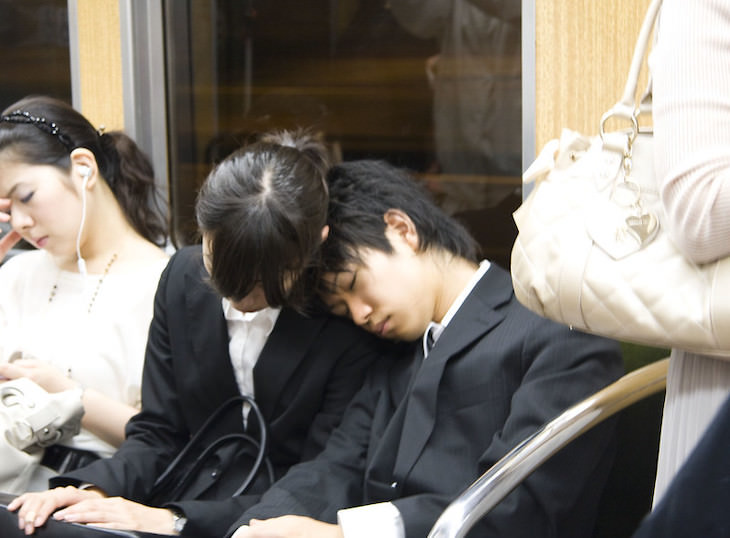
Image Source: Chris Gladis / Flickr
Two-thirds of Japanese people don’t get sufficient night sleep after a hard day’s work (less than 7 hours) according to the New York Times. This is likely the reason for the Japanese custom of inemuri - which roughly translates to “sleeping on duty” or “sleeping while present”. Generally, dozing off in public spaces like the train or a park bench, or even at work is well accepted in Japan. In a culture that values diligence so highly, falling asleep in public is regarded as a show of how tired you are from working so hard.
Related: 9 Questions for the Sleep Deprived
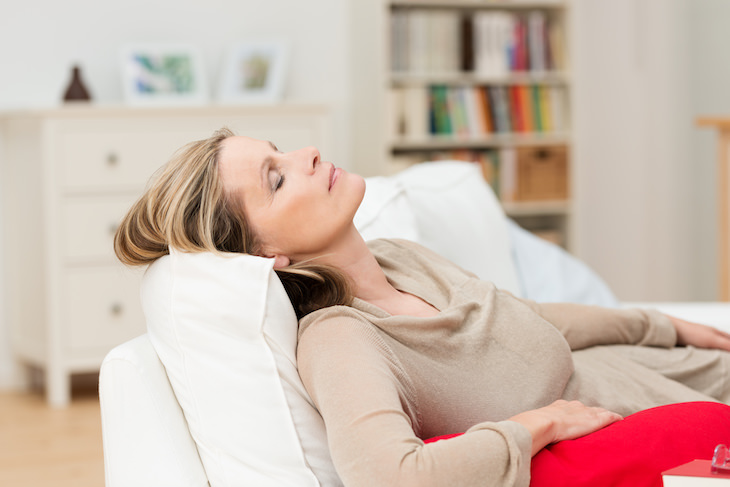
The Spanish tradition of siesta dates back at least a thousand years according to Sleep.org. Historians believe it originated to give farmers time to rest and restore energy in hot climates. Unlike the Japanese inemuri, the siesta - or mid-day nap- is done in private.
People in Spain take a two-hour pause in mid-day to go home, eat a leisurely lunch, and often take a nap. The custom spread to Italy, Greece, and other warm countries so that people could escape the hottest part of the day. Research has shown that taking a siesta holds several benefits, like increasing our levels of concentration, creativity, and coordination. Perhaps this is a practice more countries around the world should consider adopting.
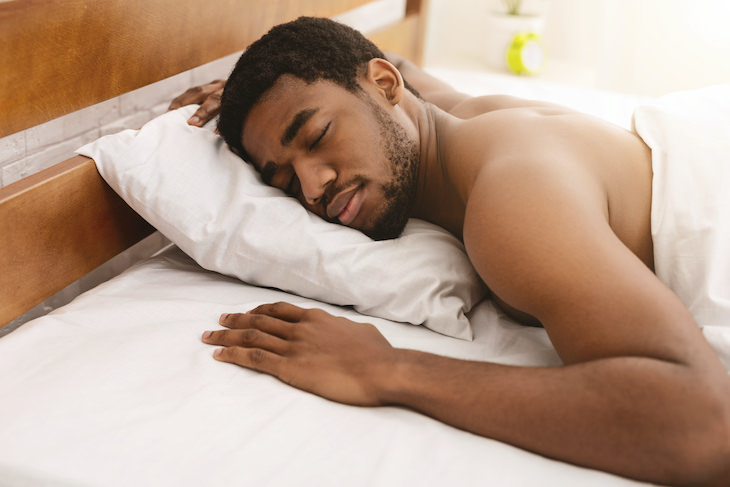
The United Kingdom has a strong preference for sleeping naked. In fact, nearly 30% of UK citizens bare it all at bedtime, according to a study conducted by the National Sleep Foundation. While sleeping naked is not unheard of in other parts of the world, this habit is most widespread in the UK by a large margin. And it seems like Britons know what they’re doing as sleeping naked has proven health benefits - it improves blood circulation, improves the quality of sleep, and reduces stress and anxiety. To learn more check out our previous article 10 Reasons to Sleep Naked.
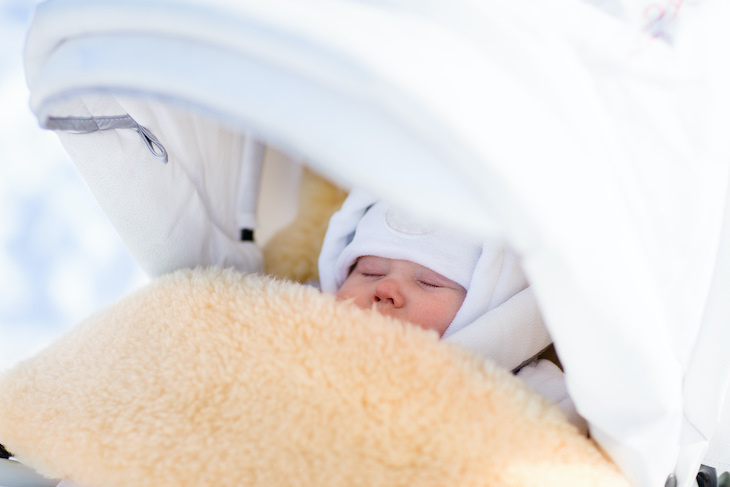
In Scandinavian countries like Norway and Sweden, parents often leave their babies outdoors to nap, even in temperatures as low as 20 degrees Fahrenheit or -6 degrees Celsius (the babies are dressed and covered properly, of course).
It’s not an uncommon sight to see a stroller parked outside a store, while the parents are doing their shopping, for example. Nurseries and pre-schools even have designated times for the children to nap outside. It is believed that the fresh air is good for babies and that exposing them to the outside will prevent them from getting sick.
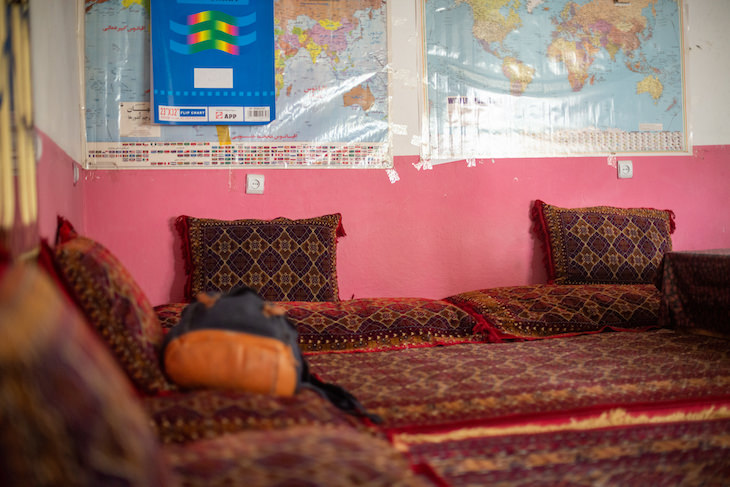
In the US and other Western countries, the bedroom is usually associated just with sleeping. Eating is reserved for the kitchen while socializing is usually done in the living room. In Afghanistan, however, rooms throughout the house can serve multiple purposes. When the time comes to lay down and sleep, people unfold mattresses and take out their blankets and sheets. After waking, bedding gets folded and mattresses pushed to the side to open the room up for daytime use.

Were you sent to bed early as children? Or perhaps your own children and grandchildren have a strict bedtime, early in the evening? This is very common in the US, but it is not the case in Argentina.
Argentine parents are much more likely than their American counterparts to involve children in evening activities. It makes sense, considering dinner in Argentina often doesn’t start until at least 9 pm, so children can stay up until 10 pm or even later for celebrations and holidays. Expectedly, kids in Argentina tend to wake up later as well.
Related: 15 Myths on Sleep Debunked by Experts
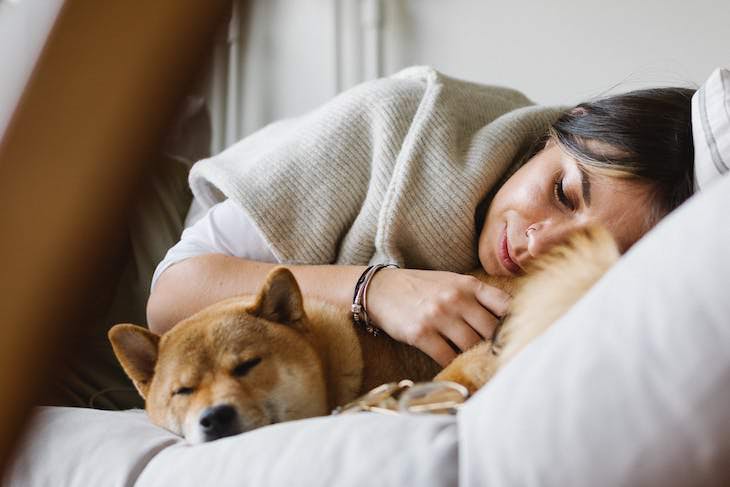
A dog is a man’s best friend, and apparently, people in the US live by this at all times of the day, including in their sleep. According to a recent poll, 71% of Americans allow their dog to sleep in bed with them at night, at least occasionally. That is more than any other country surveyed. You may think this practice disturbs the sleep of some pet owners, but it’s quite the opposite. When Mayo Clinic researched the surveyed pet owners, they said that sleeping with pets provided warmth, happiness, and relaxation.
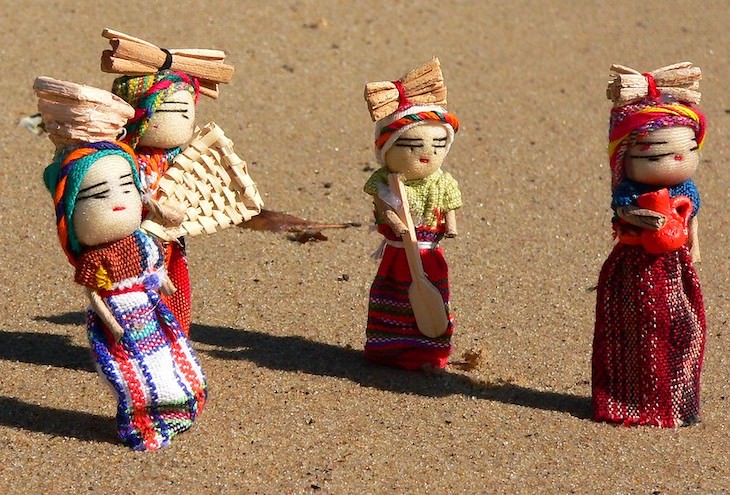
Image Source: Leonard J Matthews / Flickr
The indigenous people of the Highlands in Guatemala create “worry dolls'' to help them sleep at night. The tiny, hand-crafted wooden dolls are clothed in traditional Mayan costumes and are usually no larger than 2 inches. According to the Mayan legend, someone whose worries prevent them from sleeping should share their concerns with the dolls. Then, they place the doll under their pillow, and it takes on all the worries so the person can sleep peacefully. When morning breaks, the sleeper awakes unburdened by the worries because the doll took them all away at night.
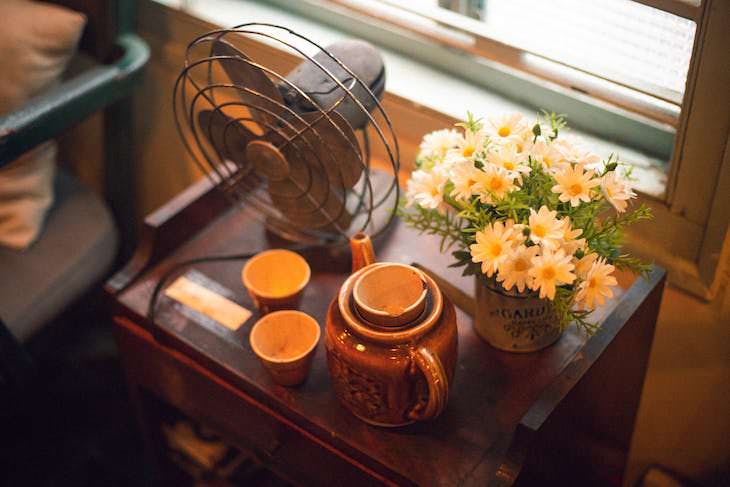
Despite the hot and humid summers in South Korea, you won’t find many people in the country cooling off with an electric fan while they sleep. Many people, mainly of the older generation in South Korea hold a superstition that if you fall asleep next to an electric fan you may never wake up.
But where does this persistent myth come from? The first reported case of ‘fan death’ in the country came in the early 1970s when a man was found dead in his room with the windows and doors shut, and two electric fans running. Ever since stories of supposed fan deaths have appeared regularly in South Korean news sources. It has never been proven that it was the wind that killed the person, but nevertheless ‘fan death’ remained a widespread source of worry in the country.
If you found this article interesting, share it with others!